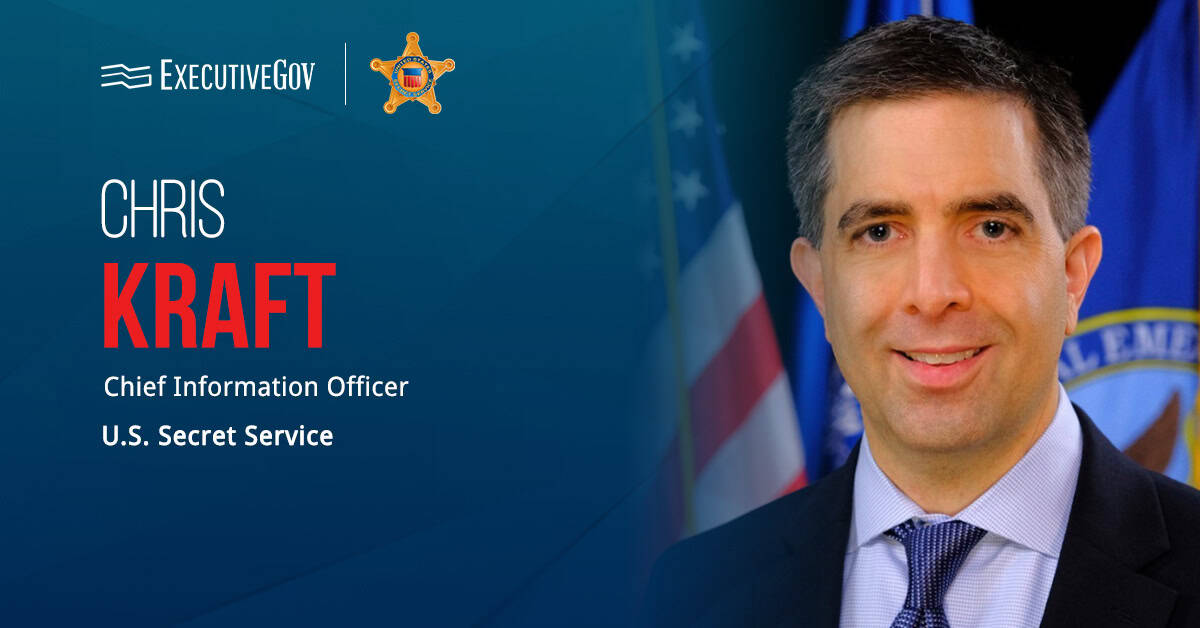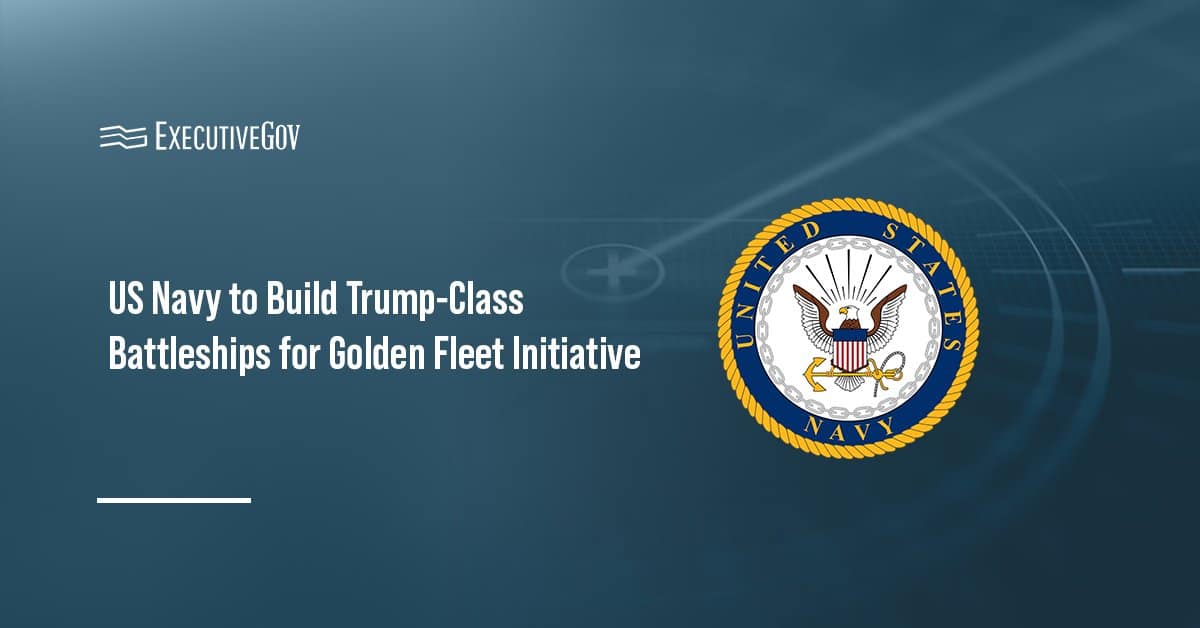The Association for Uncrewed Vehicle Systems International has launched a new program designed to establish standardized training and certification for uncrewed maritime systems operators in commercial and defense missions.
The Trusted UMS Operator Program, unveiled at EXPONENTIAL 2025, was developed as a proactive solution to the increasing use of such systems across defense, commercial, environmental and energy sectors, AUVSI said Tuesday, noting that the early absence of unified standards created avoidable challenges in the drone industry.
NOAA, Navy Support Program Standard Creation
Along with the program launch, AUVSI introduced Safe Harbor Maritime, Chance Maritime Technologies, Saronic, Ocean Power Technologies, Black Sea Technologies and Embry-Riddle Aeronautical University as initial certified training providers. According to the nonprofit organization, the training providers demonstrated excellence in uncrewed maritime training and the capability to align curricula with the program standards developed with support from the National Oceanic and Atmospheric Administration and the U.S. Navy, particularly the Naval Oceanographic Office, which examined how to align its internal training programs to certify personnel under the Trusted UMS Operator framework.
Certifying sailors, marines and civilian operators through AUVSI’s Trusted UMS Operator Program could help ensure that every sailor has the latest training to operate the Navy’s unmanned systems fleet safely and effectively, said Jason McKenna, chief technology officer and deputy N8/N9 commander for the Naval Meteorology and Oceanography Command. “Enhancing our warfighter and workforce proficiency directly contributes to the delivery of real-time, actionable environmental intelligence, which enables access, maximizes maneuver, and increases lethality.”





